All about the multiflower bush
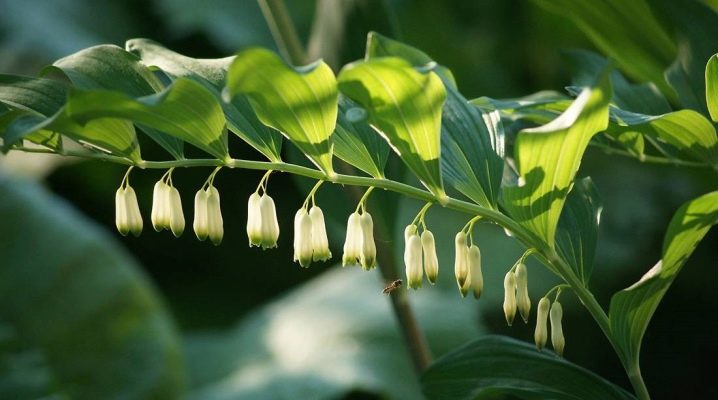
At the end of spring or at the very beginning of summer in the forests you can find a plant that looks like lilies of the valley. But if the flowers are very large, then most likely they are purchased. Its leaves are deep green. The stems themselves are large, crescent-shaped. While in lilies of the valley they are straight, and the inflorescences themselves are relatively small. For several decades, the multiflorous kupena has been successfully cultivated and is actively used in landscape design.
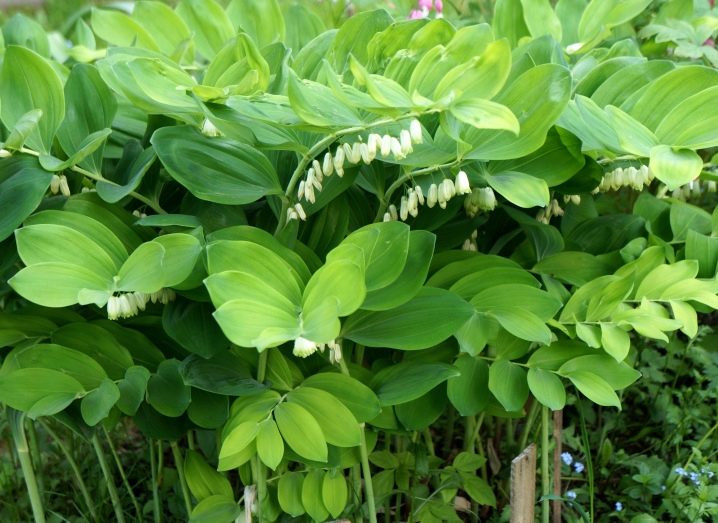
Description of the plant
Kupena (Latin name - polygonatum multiflorum) is considered a forest plant, but it can also be found in meadows. According to the morphological description, it belongs to the Asparagus family.
The height of the largest specimens reaches 120 cm. Kupena has a sufficiently developed root system. Stems are dense, smooth, arched. The leaves have an elongated oblong shape. Inflorescences are located on pedicels. The largest specimens reach a length of 1.5 cm. Three or more flowers form one inflorescence, practically odorless.
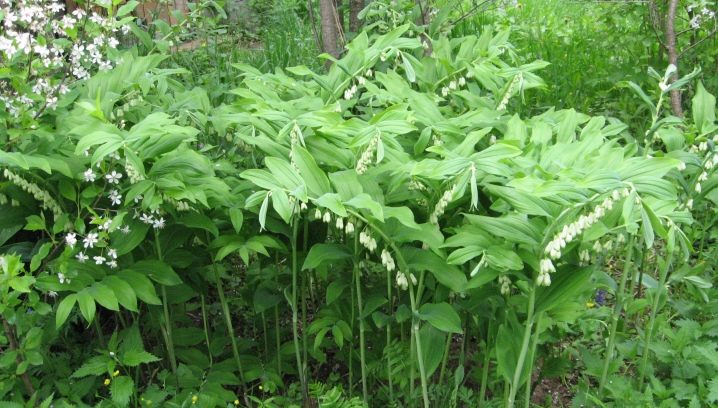
The flowering period is short: it starts at the end of May and ends in the beginning of June. In Latin, the plant is called polygonatum, and the people call it a large lily of the valley. The most common name is kupena, without specifying the variety. The ornamental plant is of economic and medicinal value, since its root part is used for the preparation of anti-inflammatory drugs. After flowering, inedible berries with a dark blue tint appear on the stems.
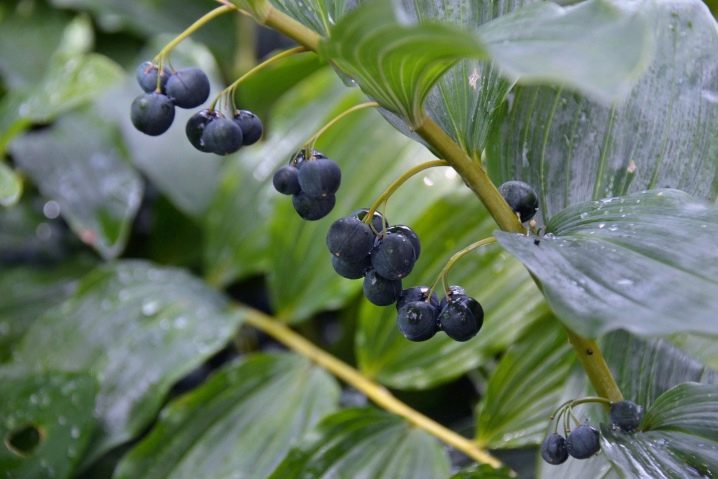
Kupena grows equally well both in the forest and in personal plots. In order for the plant to bloom and stay in proper appearance, it is recommended to carry out timely and comprehensive care for it.
As already mentioned, certain parts of the kupena are used to prepare medicinal compositions. But despite this, it is poisonous. The most dangerous will be the roots and berries. When they are eaten, even in small quantities, intoxication will occur. The most pronounced symptoms: severe vomiting, nausea, weakness, stomach pain, diarrhea is also possible. Self-preparation of any decoctions and tinctures is strictly prohibited.
For the transition to a useful state, the plant must undergo specific processing in production conditions.
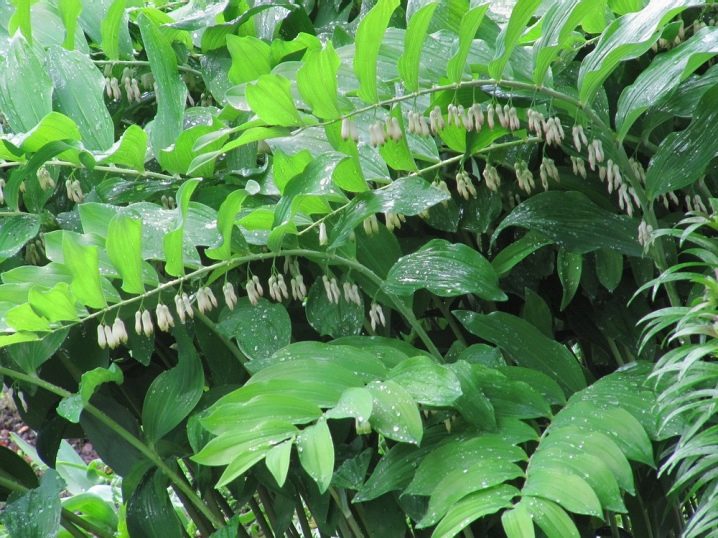
Types and varieties
In nature, there are about 50 types of kupena, but the most common of them are the following.
- Broadleaf... The plant is distinguished by its strong medicinal properties. The stem is curved, the leaves are dark green, have a white border around the edges. In height, representatives of this species reach only 50 cm. Inflorescences are paired, white. They appear in the 20th of May, and wither at the beginning of summer.
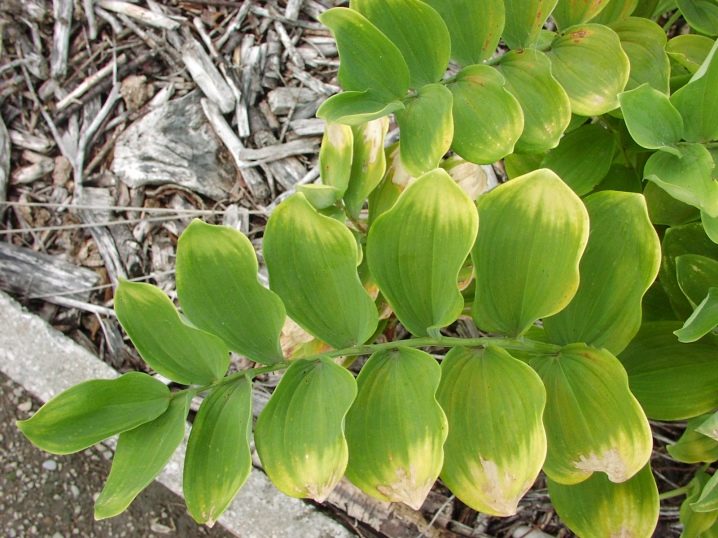
- Siberian... A distinctive feature is a powerful root system, the stem is also thick, from 60 to 100 cm high. Flowering, as in the previous case, begins in early spring. In June, inedible red berries appear in place of the inflorescences.
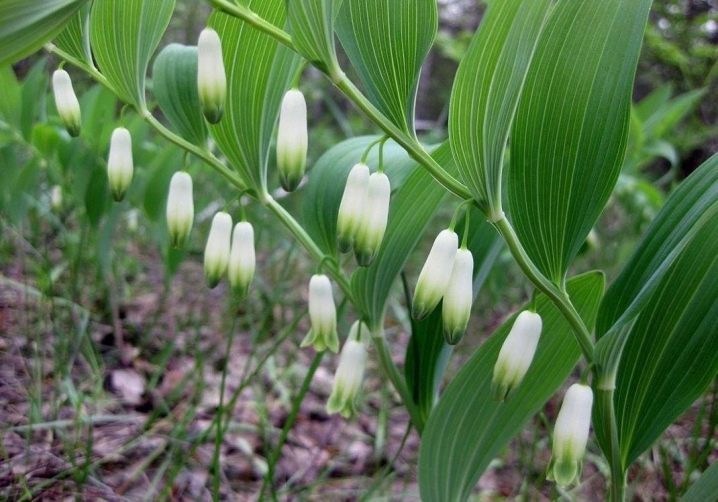
- Narrow-leaved... The stem reaches a height of no more than 50 cm. A characteristic feature is rather large flowers and narrow leaves. The flowering period is from mid-May to mid-June.
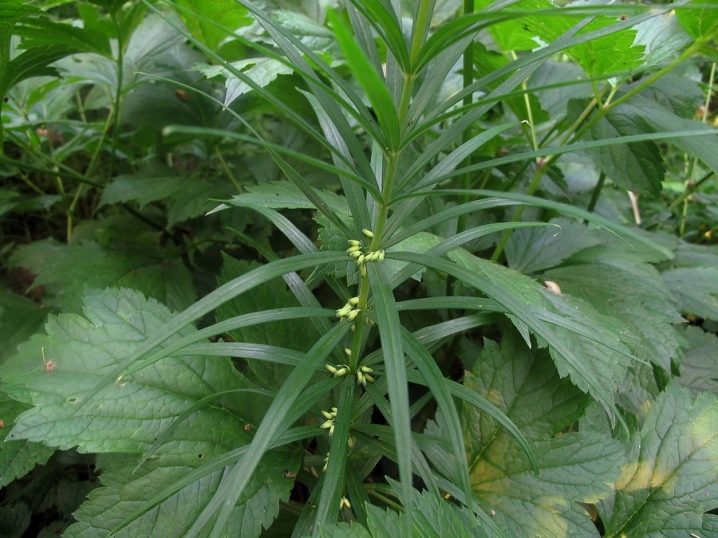
- Multicolor Garden Shop... Often cultivated in home gardens and city flower beds. Differs in pointed leaves and small white flowers, collected in fluffy inflorescences.
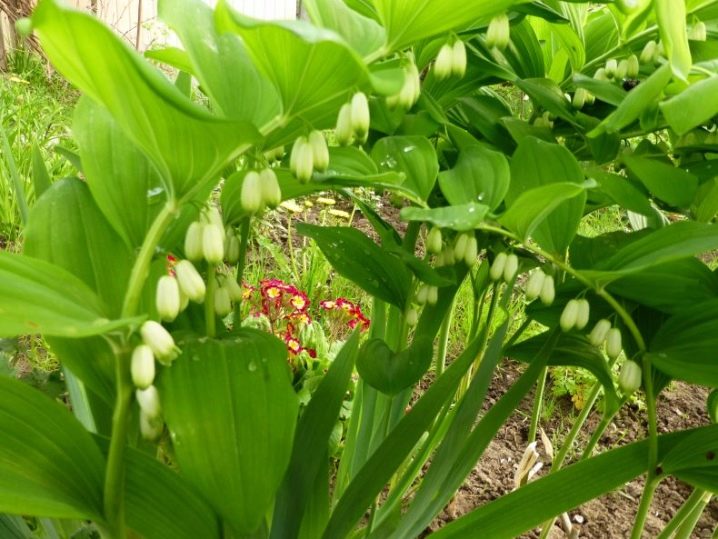
- Sickle or Variegatum... In height, curved stems often grow up to 80 cm. It also blooms in May-June, then black berries appear.
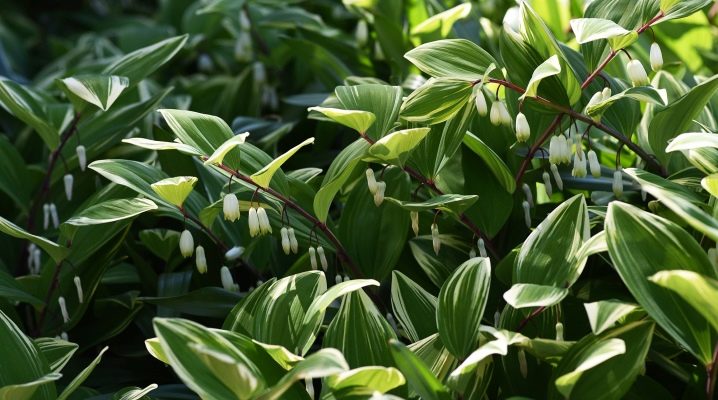
These are only the most popular types of purchases. In fact, there are many more of them. The most common are cultivated by man.
Growing
Kupena is a plant that is grown outdoors. It is pointless to grow it in pots at home. Even with the most painstaking and sensitive care, the plant is likely to die. But this flower is permissible to grow in pots.
The soil
Kupena prefers fertile and loose soil with normal acidity levels. In general, it belongs to unpretentious plants, it can exist in almost any soil. But if you want to see a beautiful and flowering plant, then it is better to make sure that the soil meets the minimum requirements.
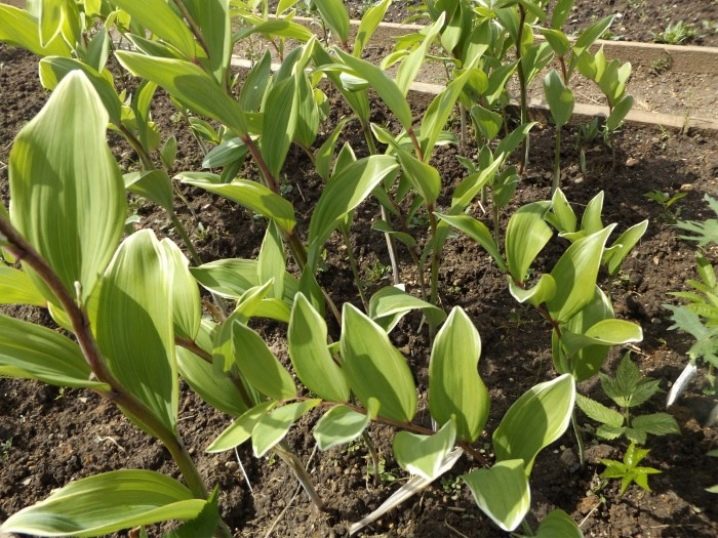
Landing
Buy seeds can be collected from the fruit yourself or purchased at the store. In autumn they are sown in open ground. If you want to significantly increase germination, then it is better to plant through seedlings in the spring.
Seeds must undergo a stratification procedure.... To do this, they should be placed in a dark and cool place for at least 4 months. In March, they are planted in peat pots, and already at the end of April or the beginning of May, they are transplanted into open ground to the chosen place.
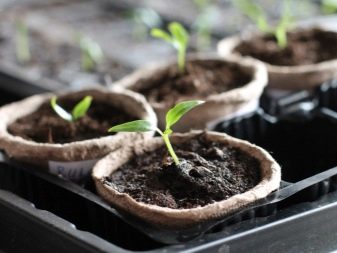
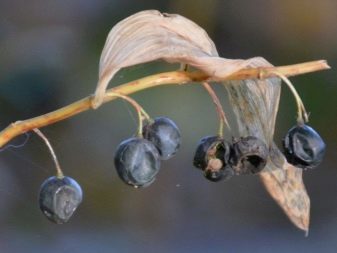
Watering
If the purchase was planted correctly, then after a few years the plant will begin to bloom. In order to speed up this process, proper care must be taken. This is especially true for watering. Much depends on the type of plant. So, a multi-flowered buy requires regular watering in a moderate amount.
The moisture content of the soil should be visually monitored. Overfilling can lead to rot and gradual death of both the root system and the entire plant.
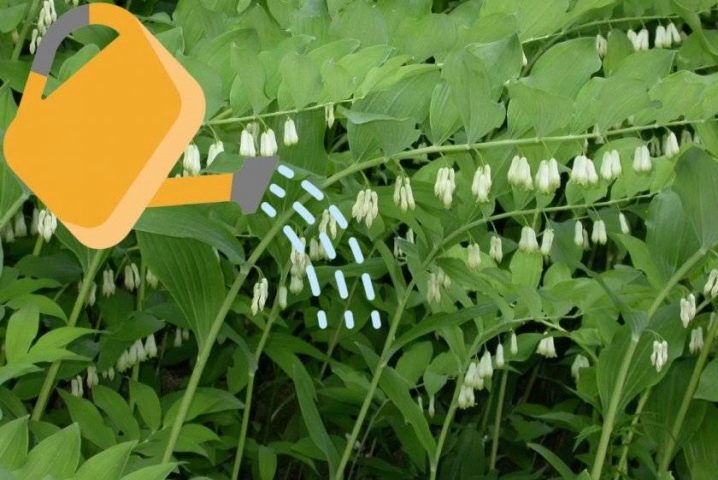
Top dressing
In order for the kupena to bloom beautifully and regularly, it needs humus. If initially it was planted in fertile soil, then for 2-3 years you can forget about top dressing at all. For nutrition, those elements that are present in the soil are enough.

After that, you can apply complex mineral fertilizers in the spring and autumn. Moreover, spring feeding should be carried out several weeks before the expected flowering.
Resting care
During the rest period, the kupena does not require any special care. Experienced gardeners highly discourage loosening the soil at this time.... To maintain soil moisture, it is better to use the mulching method. Even in relatively harsh weather in winter, it is sufficient to grind the soil. No covering material is required.
For mulching, a mixture of river sand with sawdust is ideal. If you still have doubts, then you can cover it with spruce branches for the winter. It should be removed only when young shoots appear.
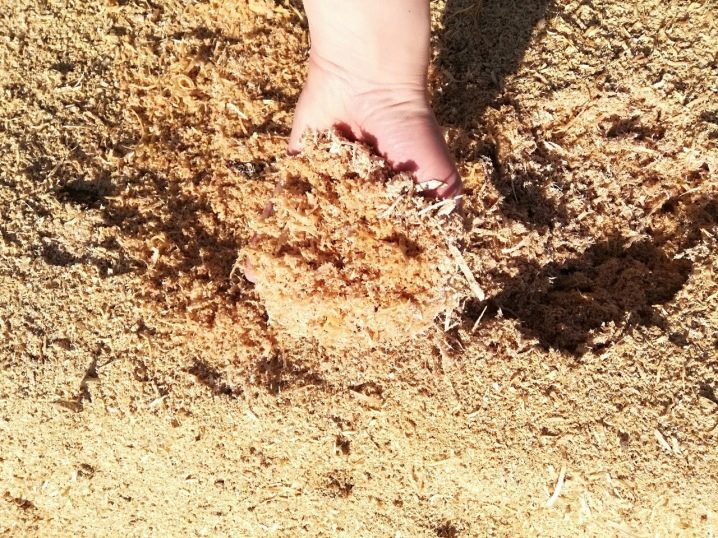
Reproduction
You can propagate the kupena by seeds. But this method is rather complicated and lengthy. Most often, experienced gardeners resort to the root propagation method. To do this, you just need to plant flowers in different flower beds.
The roots are cranked and soft enough, so it is not difficult to divide them. In order to plant new bushes, you must first dig up the soil in the selected area on the bayonet of the shovel. Then dig small holes, plant layers and dig in with earth. Water well.
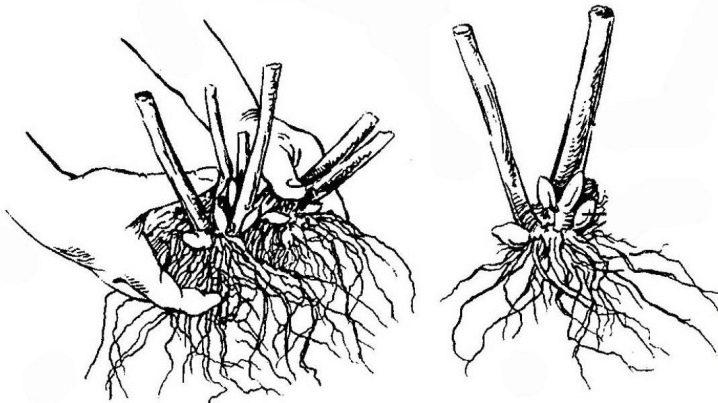
The distance between individuals must be at least 10 cm.
Diseases and pests
Kupena multiflorous is resistant not only to temperature extremes, but also to attacks of pests and diseases. But under certain conditions, some problems can still arise. So, with abundant watering or during the rainy season, the appearance of gray rot and powdery mildew is not excluded. If this happens, it is necessary to get rid of the affected areas as soon as possible, and treat the whole plant with fungicides.
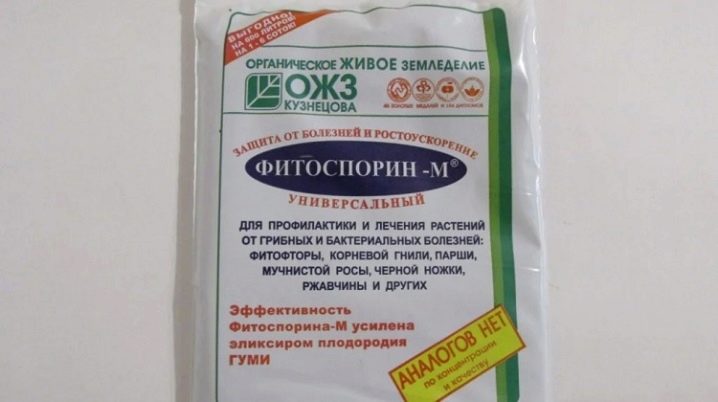
The most common pest attacking the plant is Solomon's sawfly.The insect feeds on sap and pulp of leaves, eating them up to hard veins. To get rid of the pest, you need to use insecticides.

Sometimes the kupena is attacked by caterpillars and slugs. They also appear due to excess moisture. Most often, they eat the stems and leaves of young shoots. There are two ways to deal with them:
- eliminate excess moisture, manually collect pests and destroy;
- carry out treatment with complex means against pests of this type.
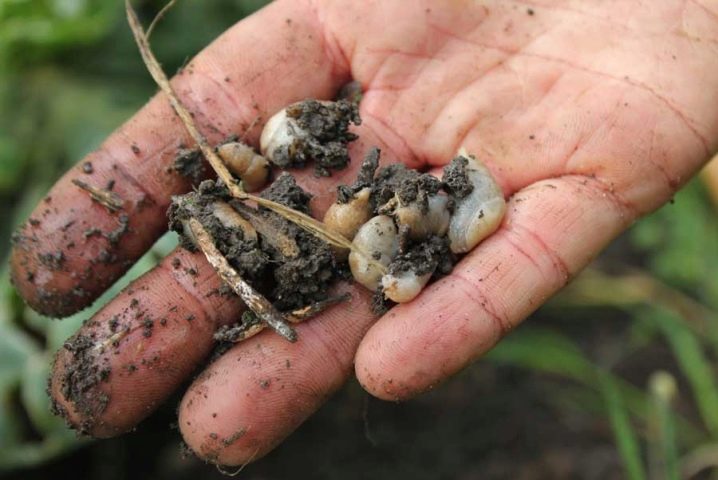
With timely and proper care, the risk of diseases and pests is minimal.
Application in landscape design
Kupena is actively cultivated by owners of personal plots. In addition, landscape designers use this plant in their projects. The advantage of the plant is that it blooms very early, earlier than other flowers.
- Here is a fairly large purchase. The plant is planted on a garden plot in a flowerbed with other flowers. It looks original and very attractive.
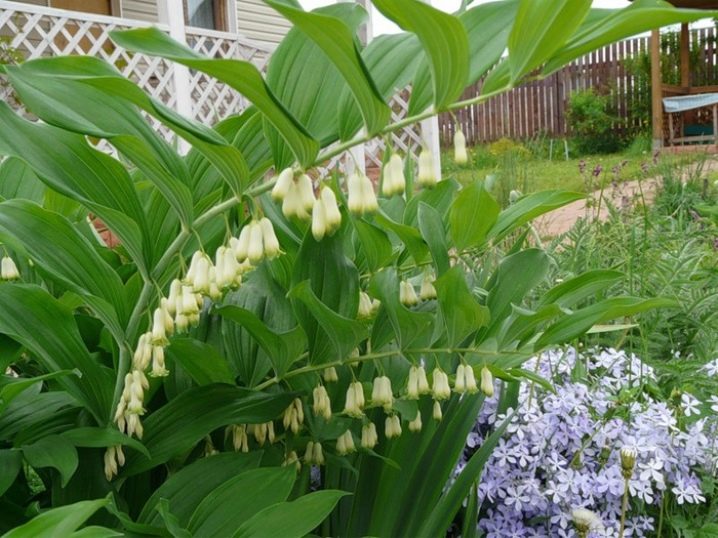
- The design of the park area is clearly shown in the photo. Here, in one flowerbed, there are several varieties of kupena. They look great and get along well with each other. In addition, it is beneficial to grow them in the same flower bed, since the care is identical.

- Simple but attractive design of one of the flower beds using a purchase... Most likely, a broadleaf variety is planted here. Looks very neat. It is convenient to look after such plantings, besides, the flowerbed looks spring and lively.

- And here you can see quite dense thickets of the kupena... The shoots are tall, but they look well-groomed. In combination with other ornamental plants, they look great. Regardless of the type of purchased flowers, flowers are often used by florists when drawing up spring bouquets.
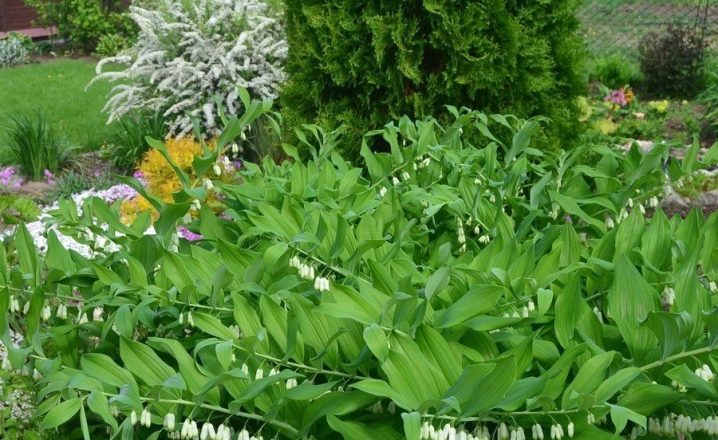
As already mentioned, after flowering, berries appear on the plant. They are poisonous and pose a serious danger, especially if there are small children in the house. Harvesting is recommended for safety. This must be done in the event that the collection of seeds is not expected. Also, it is better to take safety measures in the presence of pets.
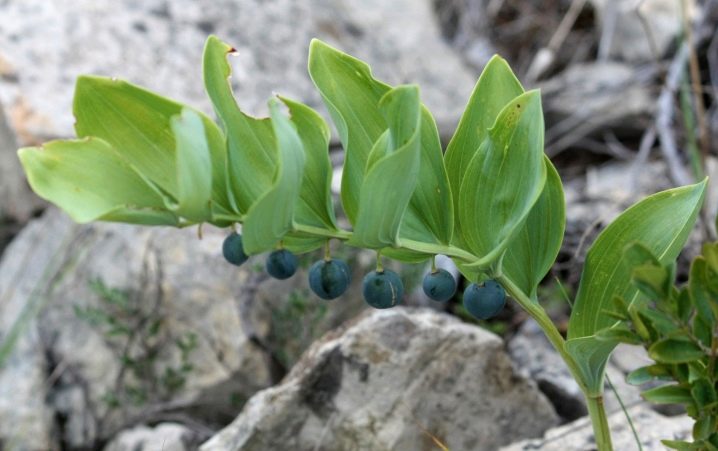













The comment was sent successfully.